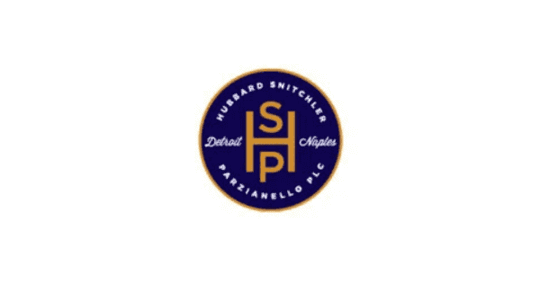Most people who are getting ready to wade into the waters of estate planning have more questions than answers. This is understandable, since there are numerous different options available for any given person who wants to craft a solid, comprehensive estate plan. However, one area usually holds a bit more mystery for most people than others: trusts.
So, what are the basics about trusts that our readers should know when they are considering their own estate planning needs? Well, for starters, the purpose of investigating the pros and cons of trusts for many people is that they want their assets to avoid the probate process. The probate process is the court-supervised marshaling and distribution of assets after a person dies. Assets that are held by a trust typically are not included in the probate process. This can aid in the ease of transfer of the assets and may also have positive tax implications.
In the typical arrangement, a trust is created by a person who wants assets to benefit themselves and, later on, another person or entity. The property or assets that are part of the start of the trust are owned by the trust, which is administered by a “trustee” for the benefit of a “beneficiary.” That’s right – once you transfer assets to a trust, those assets usually aren’t yours anymore. But, the instructions for administration of the trust can also include you as the primary beneficiary at first, followed by another beneficiary stepping into your place later on – typically after death.
Are trusts for you?
In the end, each person needs to make a determination as to whether or not trusts are something they need to consider in their estate plan. For more information, please visit the estate planning FAQ page of our website.
- Facebook0
- Twitter0
- LinkedIn

